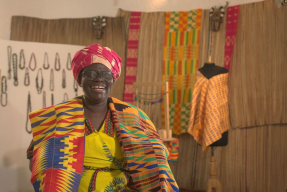In the heart of a group loan meeting in Samaná, Dominican Republic
September 15, 2015
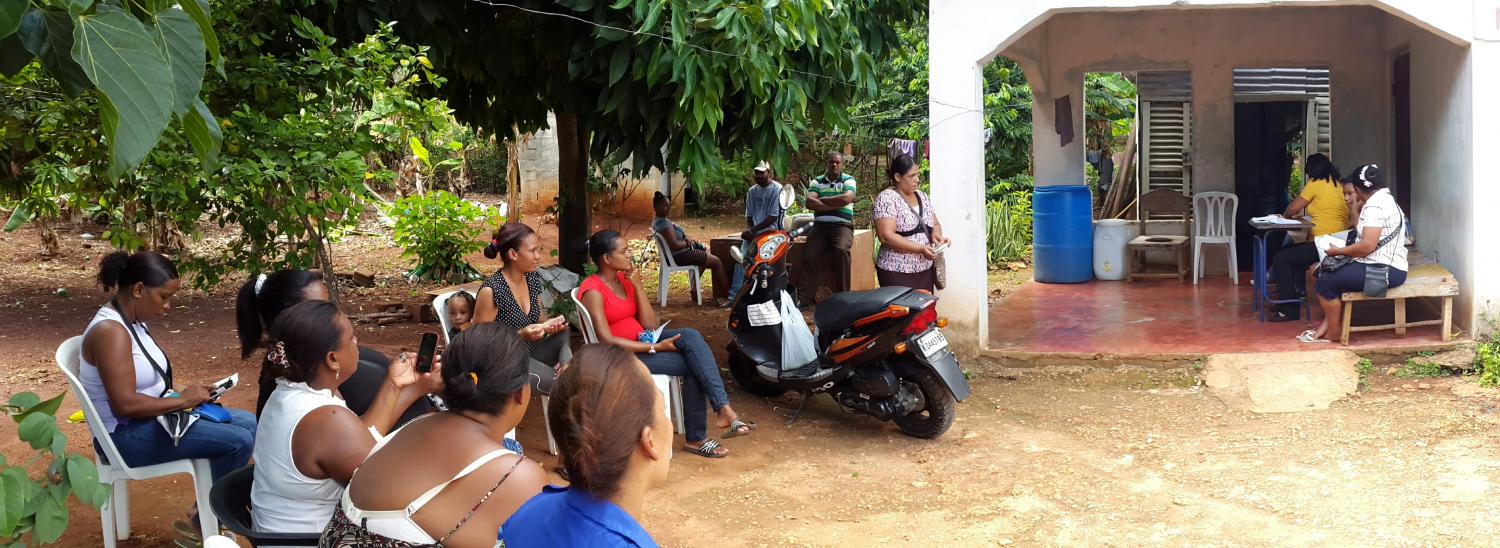
The buzzing sound of a beat up old motorcycle disturbed the morning calm at the small town of Las Galeras (Samaná) in the Dominican Republic. "Moto concho - moto concho?", the driver loudly asked. "No gracias", I replied for the third time in the last five minutes, knowing i was the obvious target of the local moto taxi service, waiting for my ride at the side of the road.
As I wiped the sweat off my forehead, i noticed a white pick-up truck slowly approaching my way. I held my breath as the driver leaned over rolling down the tinted passenger window. "Esperanza?", asked calmly. Reacting as if hearing of a magic word I replied as I opened the door, "Si, Buenos Dias". "Saludos, I am Dionisio", said with a smile the local man. "Hola, I am Ariadni. Dionisio? Do you know your name is Greek?". His smile became wider and I took that as an omen of a good day to come.
After a short drive through bumpy dirt roads of the Samaná peninsula we arrived at the designated meeting house. Yoselin was there to greet me at the entrance and I could already see about 10 women and a few men gathered in the backyard. She is working for Esperanza International, an organization serving people in poverty on the island of Hispaniola for twenty years now, with a holistic approach combining microfinance initiatives and complementary services.
One of their partners is KIVA, an online platform that allows people around the world to lend as little as 25$ to empower micro entrepreneurs in developing countries. As a KIVA fellow covering Haiti and Dominican Republic, part of my duties is to go out in the field and meet with both loan officers, like Yoselin, and the borrowers.

"Saludos! Greetings!", yells out a smiling lady before sitting down in one of the white plastic chairs set up in the yard. Twice a month these meetings take place and the majority of the borrowers are women. One by one is arriving and the phones are on red calling the ones that are late.
When everyone is present, in the tradition of the Esperanza, singing and praying mark the beginning of the activities.
A group-loan model is followed here, where the borrowers come together in groups of five. Six groups are present in this meeting and even though not everybody is accounted for, all groups have representatives to fulfill their obligations. A discussion about the progress of their projects, financial training towards success and the collection of the payments, help to create a cohesion within each group. And each group is not randomly created. Its members are decided by the group itself.
This means that if someone cannot fulfill the loan payment obligation, the group will cover this payment internally but not blindly. They will talk to the member and try to help as much as possible as a community, in order for both the problematic business project to flourish and the all payments from everyone to be on time.
This bond among the members creates in essence the Bank of Esperanza and this methodology is ultimately based on social health and support, religious worship and business education which forms an umbrella of security and success.
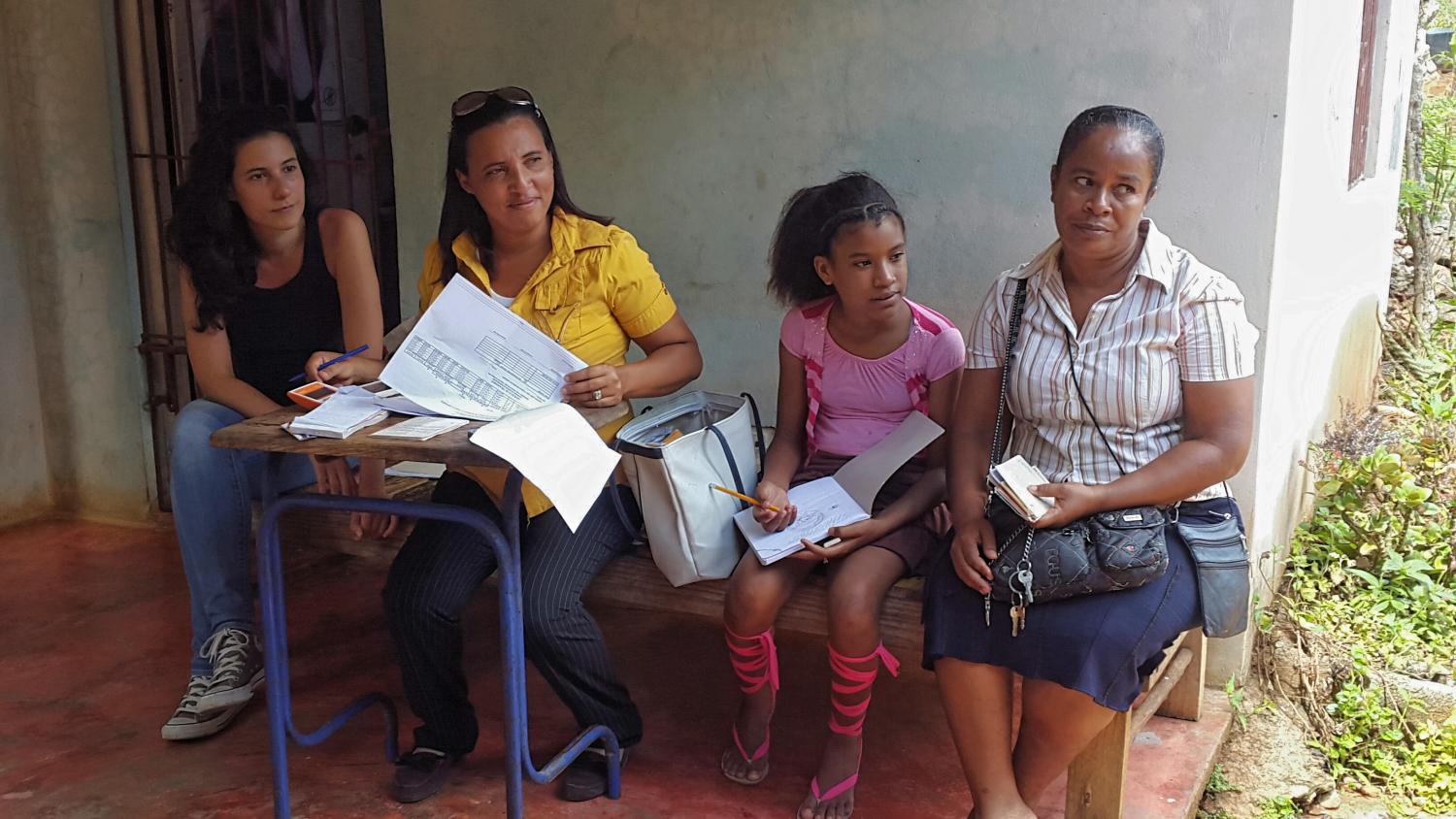
I am feeling grateful just being there, observing, immersed in a different reality. This is so different from the meetings I used to attend working in Europe for a global commercial bank. Honesty, directness and personal interpellation characterize the hard debates.
One complains about having to pay for another group member, while the woman next to her reminds her of the solidarity commitment. The problems discussed here are real issues for these women and comment after comment, their world and mine begin to merge.
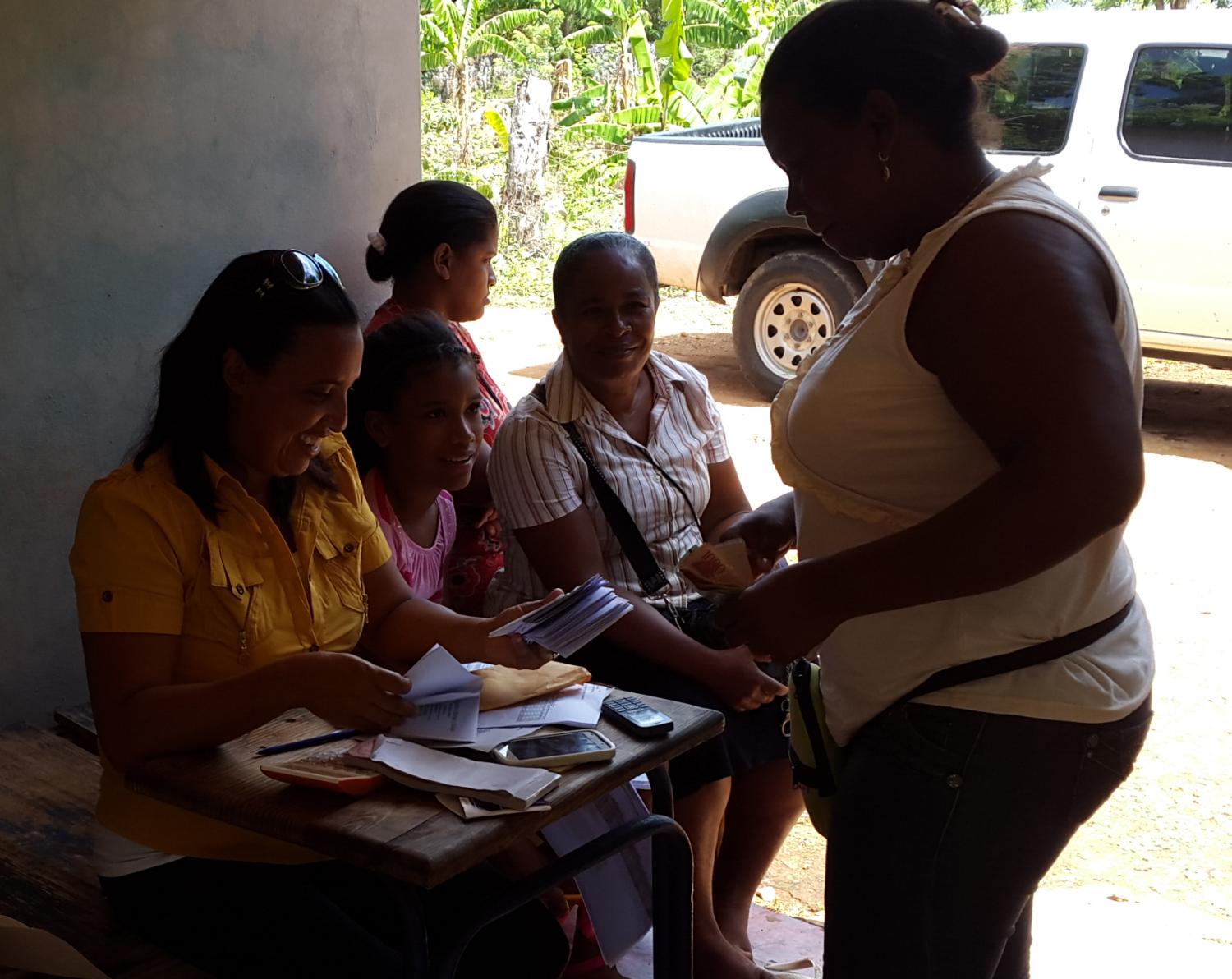
Time moves fast, as we are sitting behind a small table following arguments mixed with calculations, explanations and notations which finally result to each group paying the correct amount of their loan fee. When that is settled, financial advices, business training and new ideas to improve the life in the community lead to the conclusion of the meeting. The same process will repeat itself every two weeks, with the goal of all loans to be paid for in full, and of course the new ones to begin once more.
It is a cycle well known to these women, and especially to Juana. Part of my responsibly there is to examine one random project in detail, and she sat next to me ready to answer my questions about her loans and business development.
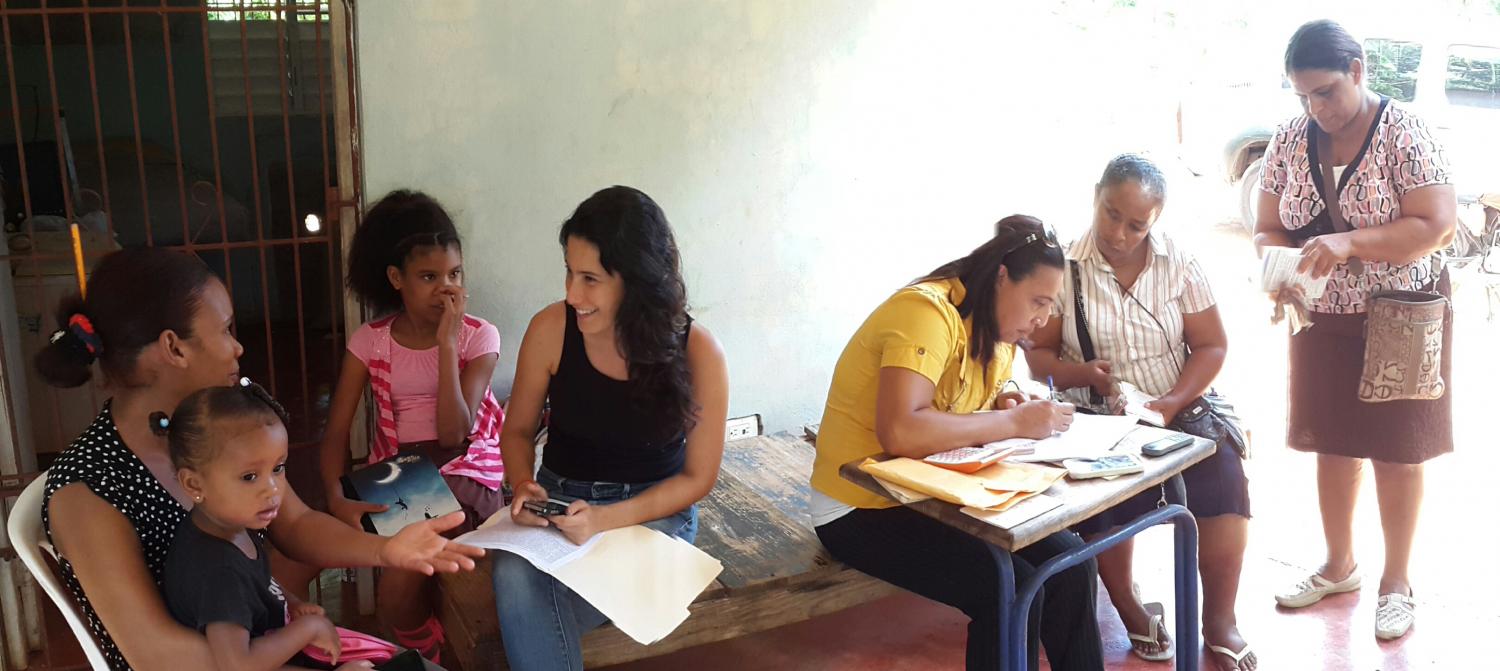
"Do you want to see my business in person?", she asks with pride. "What do you do?", I answered with curiosity. "I am a hairdresser and I would love you to visit my workplace. I will tell you all the details there", said with a smile carrying her baby girl in one hand, holding her older daughter with the other. "Sure! I would love to", replied with a smile of my own and after I greeted everyone there goodbye, the four of us started our short walk to her "Haute Coiffure" of Samaná!
Next post about Juana´s success microfinance business story coming soon…
If you would like to help Esperanza reach more people in the Dominican Republic and Haiti, click here to browse their loans fundraising on Kiva!
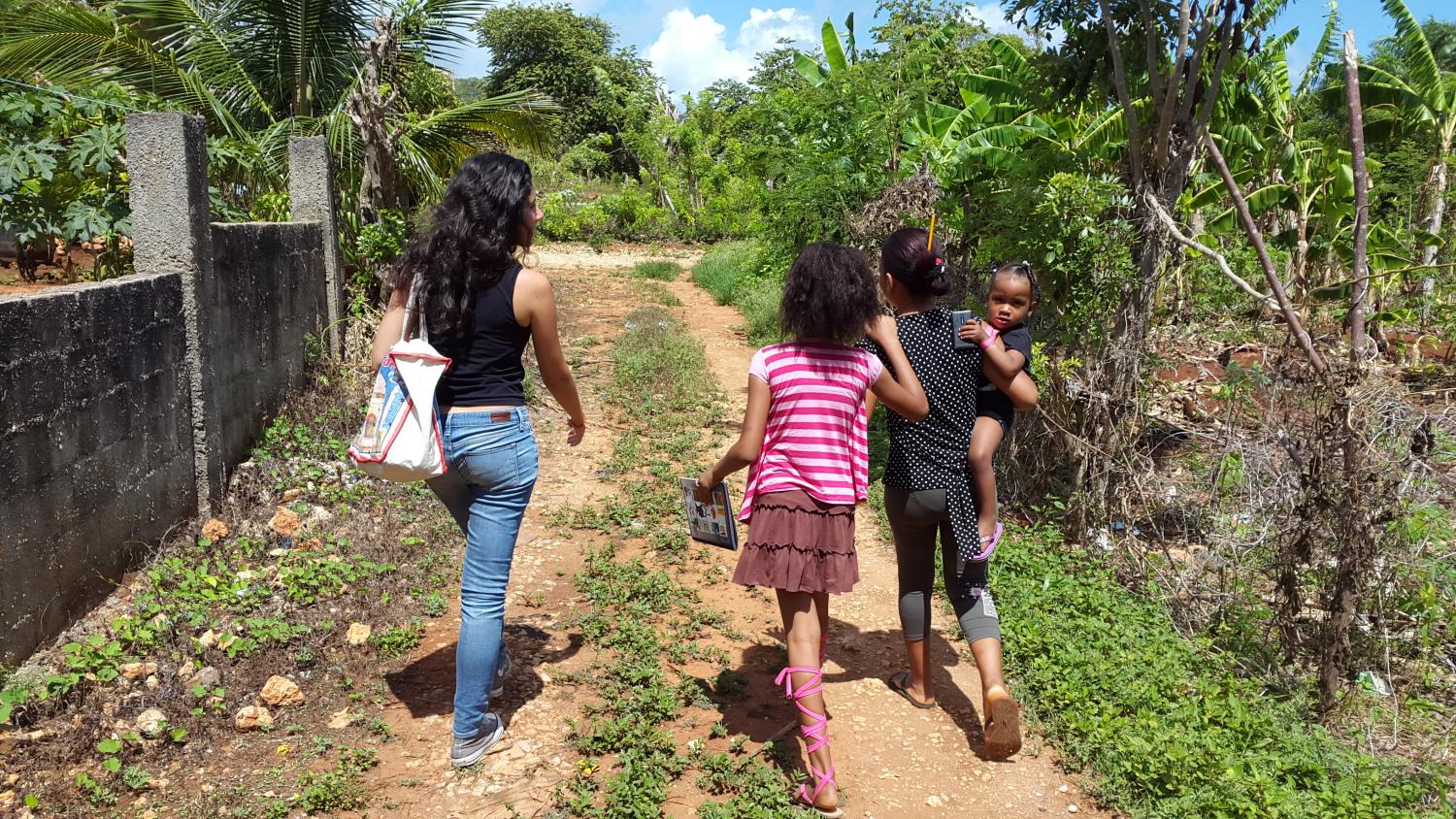
A huge “thank you” to Christos for editing this blogpost. As English is my 4th language, telling this nice story as it is would not have been possible without his help and patience!
PREVIOUS ARTICLE
Palestinian Borrower, Ramadan Beverages →NEXT ARTICLE
Learning to Love Lending in the U.S. →


